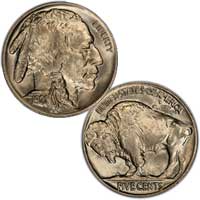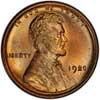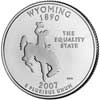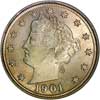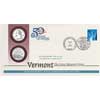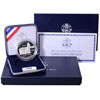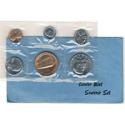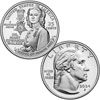Like the 1919(P) nickel, this coin frequently exhibits an overall softness in strike. This is compensated by the sheer number of pieces that may be found in mint state grades, as these provide a sufficient pool from which to locate a sharply struck coin.
As befits its high mintage, there are more than the usual number of off-center strikes and other errors. Another flaw associated with this issue is poor mixing of the alloy. This resulted in coins having coppery streaks on their surfaces from concentrations of copper that did not blend evenly with the nickel metal. These may have been just small spots in the ingot, but when rolled out into long ribbons of metal for the blanking press these spots are drawn into the long streaks that produce such “wood grain†toning. Due to this and other production problems, the luster on 1920(P) nickels ranges from mediocre all the way to excellent.
Varieties:
- A major cud variety exists dated 1920(P) but with the mintmark area obscured, leaving its origin unknown. This variety also displays die clash marks above the bison. Numerous other cuds are found for this date, most of them affecting all or part of the value FIVE CENTS. Being set within an exergue, this design element was particularly vulnerable to failure.
- A two-feathers variety is also known for this date (FS-1920-401), as is one lacking the designer’s initial F.
| Philadelphia | Denver | San Francisco |
| 63,093,000 | 9,418,000 | 9,689,000 |

